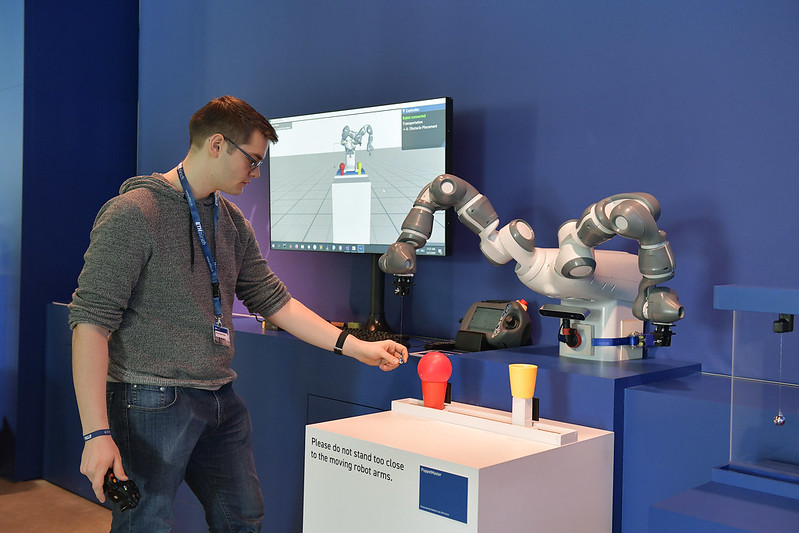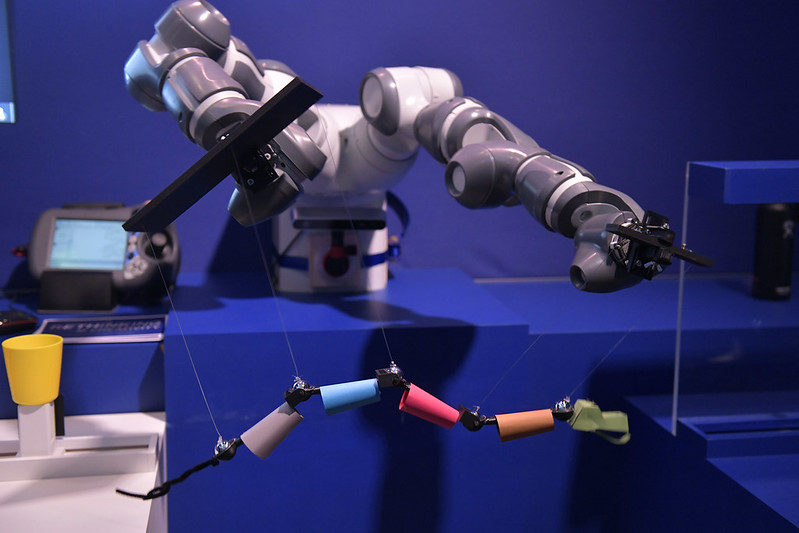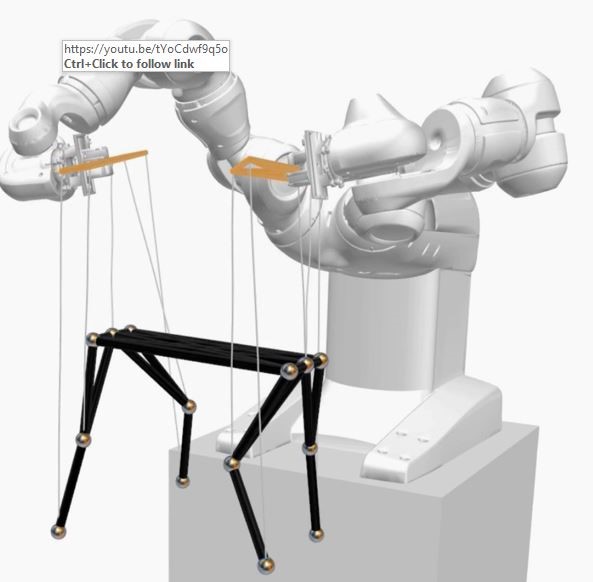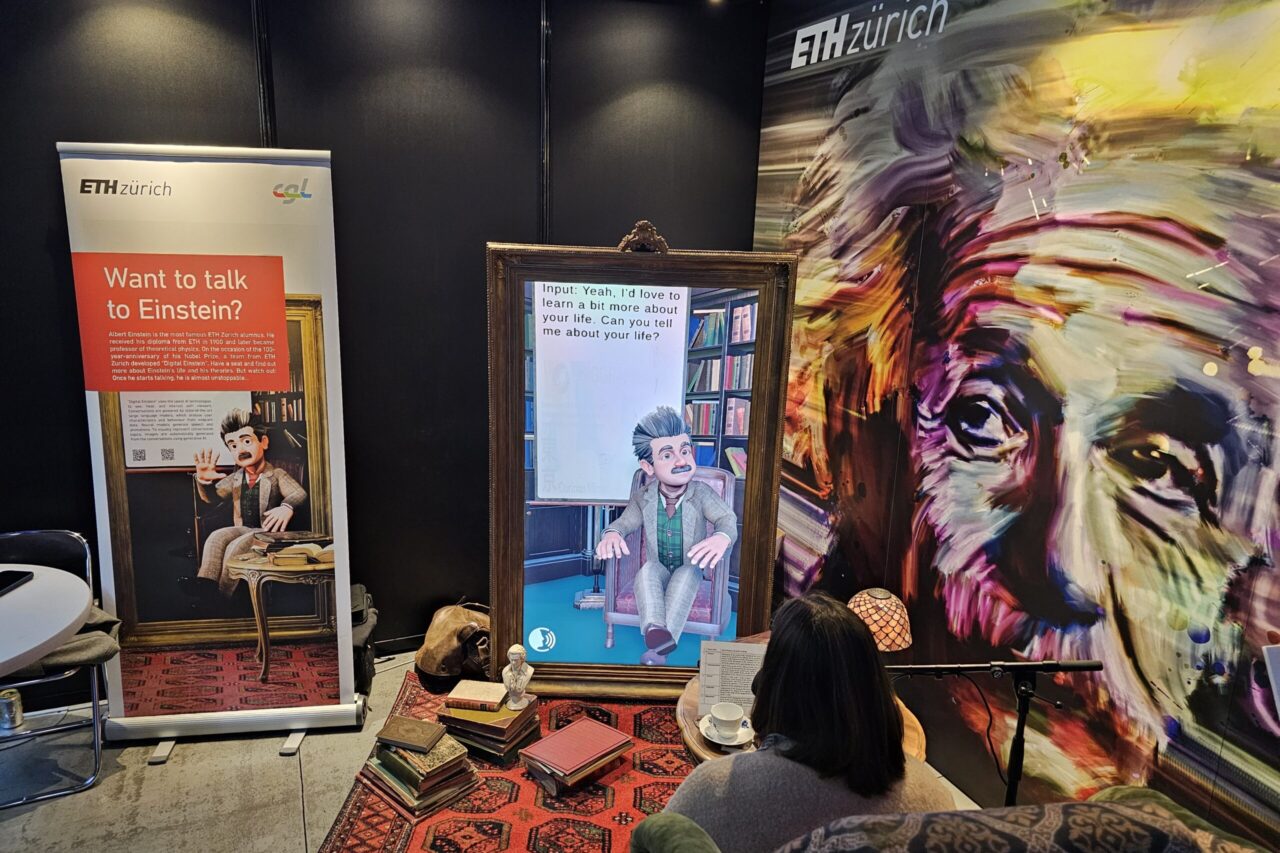This article is part of a series produced in collaboration with the Diplomatic Courier for the ETH Zurich exhibition at the Annual Meeting of the World Economic Forum 2020.
Three Challenges in Rendering Next Generation Robots
by Stelian Coros, 24 January 2020
In close collaboration with ETH Zurich, computer animators and graphic designers working with Disney Research Zurich closely study the movements of people and animals in their natural environments, in order to recreate realistic scenes and animate lifelike characters. Robots, on the other hand, still have quite a long way to go before they can match the level of dexterity and skill that we see in people. Yet, if robots are to be useful in the real world, society expects robotic technologies to perform on par with human-like capabilities.

Image: Andreas Eggenberger/ETH Zurich

Image: Andreas Eggenberger/ETH Zurich
Researchers in the Computational Robotics Lab at ETH Zurich study complex human motions, like the robot puppeteer that they have created and exhibited in Davos during the World Economic Forum 2020, to understand how we can program robots to grasp the physical behaviors of such systems. By imagining how to animate marionettes robotically, we can model some of these motions and determine how to optimize movements.
Read more in the Diplomatic Courier

PuppetMaster robot. Image: ETH Zurich




